Results 10,681 to 10,690 of 12096
Thread: Anandtech News
-
07-27-20, 05:46 PM #10681
Anandtech: Marvell Unveils its Comprehensive Custom ASIC Offering
Last week Marvell had updated us with an overview of the company’s new more extensive and comprehensive custom ASIC offerings, detailing the company’s design abilities gained through the company's acquisition of AveraSemi in 2019. For customers who are seeking to deploy differentiated products in the infrastructure and enterprise space without spinning up their own design teams, it seems like a no-brainer business proposition.
More...
-
07-28-20, 08:46 AM #10682
Anandtech: OpenXR Update: First Approved Runtimes Now Available, OpenXR Coming to Min
Among the many technologies to come under the purview of the Khronos consortium have been augmented reality and virtual reality. Looking to fulfill the group’s mandate to develop open standards for new technologies, the group set about creating an open API for use with AR and VR devices, which culminated in the OpenXR standard. The initial version of that standard was released last summer, and now that the wider technology industry has finally had a chance to develop software for it, this morning Khronos is offering a status update on the state of OpenXR, along with a few choice announcements relating to projects using the new API.
First and foremost, Khronos is announcing that the first standard-conformant implementations for OpenXR are finally shipping. Starting today, both Oculus’s and Microsoft’s respective OpenXR runtimes have passed conformance testing and have been approved by the group, allowing the two companies to promote their support for OpenXR as part of Khronos’s OpenXR adopters program.
Surprisingly, both tethered and stand-alone headsets are among the newly-compliant devices. Both Microsoft and Oculus now have approved runtimes for Windows, bringing OpenXR support to Windows Mixed Reality devices along with the Oculus Rift family of HMDs. Meanwhile Oculus’s stand-alone, Android-powered headset, the Oculus Quest, has also received OpenXR support, as has Microsoft’s stand-alone HoloLens 2 AR headset. This means that in the span of a year OpenXR support has already expanded to cover the full gamut of devices OpenXR was envisioned for, with both AR and VR devices now supporting the API.
This in turn marks a major milestone for OpenXR, as it means the standard has finally resolved the bootstrapping problem that all new APIs face. With working hardware available, rank and file software developers can finally write software and test against actual devices, making the entire process much easier. Consequently, in many ways it’s this moment, rather than last year’s OpenXR 1.0 launch, that truly kicks off the lifecycle for the API, as Khronos and its members can finally reach out to developers about widespread deployment. Meanwhile, the ranks of supported headsets is slated to grow over the coming months, as Valve, Varjo, and Collabora all have OpenXR implementations currently under development.
Speaking of Valve, the game developer and increasingly ecosystem builder as well has previously announced that it is working to transition its own VR wares to OpenXR. Last month the company launched beta support for OpenXR within SteamVR, allowing SteamVR games to use compliant OpenXR runtimes. Meanwhile Valve is essentially putting development of its own OpenVR standard on hold, shifting its focus to OpenXR as any new SteamVR features are slated to be developed against Khronos’s API.
Meanwhile Microsoft is slated to be using OpenXR for some of its own projects as well, most notably a new VR version of Minecraft. Being announced today, Microsoft is adding VR support to the new RenderDragon engine, which was launched earlier this year as part of Minecraft’s ray tracing-enabled graphical overhaul. The new VR implementation will replace the older implementation, which was built against the game’s previous rendering engine and only supported Oculus and Windows MR devices.
Finally, Khronos is also offering a brief update on the state of hand and eye tracking within OpenXR. Neither of these features made it into the core 1.0 specification, but both are now being developed as cross-vendor extensions. Both of these features are up and running on the HoloLens 2, and while developers can already use them today, anyone planning on sticking to the core specification will be happy to hear that Khronos is planning to adopt these extensions into a future version of the core specification once the extensions have proven their worth.
Gallery: OpenXR Ecosystem Update





More...
-
07-28-20, 03:54 PM #10683
Anandtech: Supermicro SuperServer E302-9D Review: A Fanless 10G pfSense Powerhouse
Intel launched the Xeon D-2100 SoCs in early 2018, with a feature set making them a fit for several verticals including edge servers, networking, and storage. One of the key advancements made in the Xeon D-2100 compared to the first-generation Xeon D-1500 series was the inbuilt support for two additional 10G network interfaces. With TDPs starting at 60W, the Xeon D-2100 SoCs lends itself to some interesting and unique server and edge procesing products. Today's review deals with one such system - Supermicro's passively-cooled SuperServer E302-9D.
More...
-
07-28-20, 03:54 PM #10684
Anandtech: CES 2021: Physical Event Cancelled, Moves to All-Digital Format
As the world continues to battle on with SARS-CoV-2, large public events and especially trade shows were cancelled one after another for 2020. Large computing shows such as Computex, even after an attempted delay to September, eventually completely cancelled their plans for the year.
Today, the Computer Technology Association has announced that next year’s CES 2021 event will also no longer take place in physical form, and instead move to an all-digital format experience. CES is usually the world’s biggest consumer electronics show with up to 180,000 attendees assembling in early January in Las Vegas to showcase the newest gadgets and electronics in the consumer market.
The new all-digital format will be a big change for the show which likely will represent a herculean effort on the part of the organisers. CTA President and CEO Gary Shapiro quotes:
"Amid the pandemic and growing global health concerns about the spread of COVID-19, it's just not possible to safely convene tens of thousands of people in Las Vegas in early January 2021 to meet and do business in person,” said Gary Shapiro, president and CEO, CTA. “Technology helps us all work, learn and connect during the pandemic — and that innovation will also help us reimagine CES 2021 and bring together the tech community in a meaningful way. By shifting to an all-digital platform for 2021, we can deliver a unique experience that helps our exhibitors connect with existing and new audiences."We here at AnandTech had low expectations of CES taking place, so the move to an online format makes a ton of sense given the health and safety concerns of such a large physical event. The current pandemic situation in the US and various travel restrictions as well as quarantine procedures will have played a large role in the CTA’s decision to cancel the physical event. The CTA states that they’re planning to returning to Las Vegas in 2022.
With CES confirmed to moving to an online-only event, as well as yesterday’s announcement of Supercomputing 2020 (SC20) also going online-only, the AnandTech team is likely to be staying at home until well into 2021 as there’s no physical events left to attend for the foreseeable future.
Related Reading:- Computex 2020 Cancelled; Coming Back In 2021
- Computex 2020 Moved to September In Response to Coronavirus Pandemic
More...
- Computex 2020 Cancelled; Coming Back In 2021
-
07-28-20, 09:28 PM #10685
Anandtech: AMD Reiterates 2020 Roadmap: Zen 3 Client & Server, RDNA 2, CDNA Late This
As part of AMD’s quarterly earnings presentation, the company has briefly reiterated its product plans for the second-half of the year. The company was previously slated to launch new CPUs and GPUs for the client and server markets late this year, and on today’s call the company has confirmed that those plans are on track.
On the client side of matters, both AMD’s new CPUs and GPUs are currently set to launch late in 2020. The first GPUs based on the company’s RDNA 2 architecture – which is also underpinning the new Playstation 5 and Xbox Series X consoles – will be released later this year. And AMD is confirming that RDNA2 will eventually be a “full refresh” of the company’s GPU product stacks. Meanwhile the eagerly anticipated Zen 3 architecture is set to make its desktop debut late this year as well. As always, with these sorts of events it’s prudent to note that a commitment to launch a product by a certain date doesn't guarantee that AMD will be able to have it on retail shelves by that date – though it sounds like AMD is certainly going to give it their all to avoid disappointing their user base.
Meanwhile on the server side of matters, the picture is much the same. AMD reports that they are on track to begin shipping the Zen 3-based “Milan” EPYC processors late in 2020. As well, AMD’s first CDNA architecture GPU for the data center market is set to launch late this year as well.
More...
-
07-28-20, 09:28 PM #10686
Anandtech: AMD Reports Q2 2020 Earnings: Notebook and Server Sales Drive a Record Qua
Continuing our look at tech industry financial results, AMD this afternoon is celebrating setting some new records in its Q2’2020 financial results. Enjoying a continuing turn-around in its fortunes t hanks in big part to its Zen series of CPU architectures and resulting products, the company has just closed the books on the first year of sales of its Zen 2-based desktop processors, with EPYC following close behind. At this point AMD is now setting quarterly revenue records, and the company is expecting to grow its revenue further over the coming months.
For the second quarter of 2020, AMD reported $1.93B in revenue, a 26% jump over the same quarter a year ago. As a result, Q2’2020 was AMD’s best quarter ever, built on the back of record notebook and server revenue. Overall, all of AMD’s metrics have improved in a year-over-year basis, with net income up $122M (349%) to $157M, while the company’s all-important gross margin improved by 3 points to 44%. In fact the only real knock that can be made on AMD’s quarter is that they didn’t pass their Q1’2020 net income or gross margin, which was due to increased semi-custom shipments, which aren’t as profitable for the company.
Once again the flag bearer for AMD is their Computing and Graphics segment, which encompasses their desktop and notebook CPU sales, as well as their GPU sales. That division booked $1.37B in revenue for the quarter, $427M (45%) more than Q2 of 2019. The segment’s operating income as up significantly as well, jumping from just $22M a year ago to $200M this year.AMD Q2 2020 Financial Results (GAAP) Q2'2020 Q2'2019 Q1'2020 Revenue $1.93B $1.53B $1.79B Gross Margin 44% 41% 46% Operating Income $173M $59M $177M Net Income $157M $35M $162M Earnings Per Share $0.13 $0.03 $0.14
These numbers come as AMD closes the book on their first year of Zen 2 product sales – the first retail chips hit store shelves at the very start of Q3’2019. Since then AMD has grown their desktop chip sales significantly, and combined with laptop sales the company is reporting their best client processor revenue in more than 12 years. As previously mentioned, laptop sales saw record revenue – doubling last year’s numbers – thanks in part to AMD shipping a record number of notebook chips.
As for product average selling prices (ASPs), AMD is reporting that client processor prices are up on a year-over-year basis (thanks again to Zen 2). However they have dropped on a quarterly basis due to a greater mix of Ryzen Mobile sales.AMD Q2 2020 Computing and Graphics Q2'2020 Q2'2019 Q1'2020 Revenue $1367M $940M $1438M Operating Income $200M $22M $262M
Meanwhile AMD’s GPU division looks to have once again been the laggard. While AMD doesn’t break out revenue numbers to specific divisions, on the subject of ASPs they note that GPU ASPs are down on both a year-over-year and quarterly basis, due to lower channel sales. On their earnings call, AMD has noted that while mobile GPU sales are up by double digits, this was more than offset by declines in desktop GPU sales. Overall, with AMD’s Q2’2019 being a somewhat soft quarter for GPU sales to begin with as consumers awaited their heavily-teased Navi architecture products, I’m surprised to see that AMD’s ASPs still slipped this year.
Finally, AMD’s Enterprise, Embedded, and Semi-Custom segment saw a very solid Q2, as the group enjoyed an uptick in EPYC processor sales. In fact AMD has finally, albeit belatedly, finally captured a double-digit share of the server processor market, a major goal for the company. Fittingly, on a year-over-year basis, EPYC revenue has doubled.AMD Q2 2020 Enterprise, Embedded and Semi-Custom Q2'2020 Q2'2019 Q1'2020 Revenue $565M $591M $348M Operating Income $33M $89M -$26M
None the less, the odd grouping of server CPUs with semi-custom (console) chips means that revenue actually dropped on a year-over-year basis thanks to lower semi-custom sales. The upshot, at least, is that it’s a significant improvement over Q1, where the group ended up in the red. Meanwhile AMD has started production of the PS5 and Xbox Series X SoCs, so revenues here should significantly improve next quarter, but those are still lower margin products.
Looking forward, like much of the rest of the tech industry AMD is looking towards a strong second-half of the year, as the company has been able to successfully weather the immediate challenges from the coronavirus pandemic. As a result, AMD is increasing its full-year projections, and the company is now calling for 32% revenue growth over 2019, and a gross margin of around 45%.
Driving this growth for AMD will be a mix of the slow expansion of server products, as well as new products launched in the second-half of the year. AMD is expecting EPYC sales to continue to grow and for the company to gain market share there as more server vendors further ramp up their EPYC server production. Meanwhile AMD is reiterating that it’s expecting to begin shipping its Zen 3-based “Milan” EPYC processors late this year. AMD’s upcoming CDNA-based data center GPUs are also set to launch around at time.
As for the consumer side of matters, AMD is expecting continued sales success with its consumer products, particularly Ryzen Mobile. None the less, all eyes are going to be on AMD’s future products, as AMD is reiterating their 2020 launch plans. The company reports that it’s on track to launch Zen 3 client CPUs in late 2020, and the company’s eagerly-anticipated RDNA2 products, which will eventually encompass a full stack refresh, will launch in late 2020 as well.
More...
-
07-30-20, 09:56 AM #10687
Anandtech: NVIDIA Launches Rainbow Six: Siege Game Bundle for GeForce RTX 20 Series C
Barely a couple of weeks off of their previous Death Stranding game bundle, NVIDIA is back with a new game bundle for GeForce RTX cards. Dubbed the Frames Win Games bundle, NVIDIA is now including copies of Rainbow Six Siege: Gold Edition.
Rainbow Six Siege is a more unusual choice for a video card game bundle. The online-focused first person shooter was first launched back in 2015, and in the last several years has been well-received, leading to Ubisoft giving it ongoing support and expansions. The Gold Edition, in turn, includes the base game and much of this expansion content, including the most recent “Year 5” pass. DLC aside, I cannot recall a game that has been out this long ever being bundled with a high-end video card. This also leads into the name of the bundle, alluding to the fact that NVIDIA's RTX cards can easily hit 144fps in the game.
Digging into the bundle itself, as this is a single game bundle, NVIDIA’s deal is pretty straightforward. The company will be including the game with all of their GeForce RTX cards, from the RTX 2060 up to the RTX 2080 Ti. This offer also applies to many desktop and laptop systems including these cards as well, so long as the vendor is a participating NVIDIA partner. Though it bears mentioning that this latest bundle is once again going to be relatively short lived, with the program ending on August 27th.NVIDIA Current Game Bundles
(July/August 2020)Video Card
(incl. systems and OEMs)Bundle GeForce RTX 20 Series (All) Rainbow Six Siege: Gold Edition GeForce GTX 16 Series (All) None
Meanwhile, NVIDIA is not currently offering any game bundles for its lower-tier cards, the GeForce GTX series.
As always, codes must be redeemed via the GeForce Experience application on a system with a qualifying graphics card installed. More information and details can be found in the terms and conditions. Be sure to verify the participation of any vendors purchased from, as NVIDIA will not give codes for purchases made from non-participating sellers.
More...
-
07-30-20, 01:36 PM #10688
Anandtech: Memblaze Releases New PBlaze5 520 Series Low-Power Enterprise SSDs
Yesterday we saw Memblaze introducing a new series of low-power server-class NVMe SSDs that focus on providing excellent performance whilst maintaining lower power consumption levels, aiming at enterprises improving their storage energy efficiency. The new PBlaze5 C520, D520, C526 and D526 SSDs come in either 2.5” U.2 or HHHL form-factors in two capacity classes for each model.
Unlike its bigger brethren C900 series models which we had reviewed last year, the new 52X series units limit their performance characteristics by sticking to a PCIe 3.0 x4 interface, with all devices covered today peaking at a sequential read speed of 3.3GB/s.
The 520 models come with in either 1.92TB or 3.84TB variants, while the 526 models feature in 1.6TB or 3.2TB configurations. Random read IOPS come in at a flat 520K for all the models, whilst random write IOPS for the 520 series range from 68K on the 1.92TB unit to 70K on the 3.84TB unit. The D526 and C526 both measure in at 135K random write IOPS.
As opposed to the 900 series SKUs which either use 32- or 64-layer enterprise 3D TLC NAND, the new more energy efficient models use newer 96L chips.
The reason why’d you want to choose these lower power models is of course for deployments which require higher energy conservation or lower heat generating hardware. Compared to the 900 series, idle power consumption is reduced from 7W to down to 4W, whilst operating power reduces from 25W to 9W, with an advertised 12W peak consumption.
Pricing is not publicly listed for the new 500 series as it’s dependent on the customer order and the exact drive configuration required – the products are now available for enterprise customers.Memblaze PBlaze5 Series Specifications PBlaze5 D520 PBlaze5 C520 PBlaze5 D526 PBlaze5 C526 Form Factors 2.5" U.2 Drive HHHL AIC 2.5" U.2 Drive HHHL AIC Interface PCIe 3.0 x4 PCIe 3.0 x8 PCIe 3.0 x4 PCIe 3.0 x4 Capacities 1.92TB
3.84TB1.6TB
3.2TBController ? Protocol NVMe 1.3 NAND 96L 3D Enterprise TLC NAND memory Sequential Read 3.3 GB/s 3.3 GB/s 3.3 GB/s 3.3 GB/s Sequential Write 1.7 GB/s 1.9 GB/s 1.7 GB/s 1.9 GB/s Random Read (4 KB) IOPS 520,000 520,000 520,000 520,000 Random Write (4 KB) IOPS 68,000
70,000135,000 Latency Read 85 µs Latency Write 15 µs Power Idle 4 W Operating 9 W typical, 12W max Endurance 1 DWPD 3 DWPD Dual-Port Support Yes Encryption AES-256 Power Loss Protection Yes MTBF 2 million hours Additional Information Link
Related Reading:- Enterprise NVMe Round-Up 2: SK Hynix, Samsung, DapuStor and DERA
- The Memblaze PBlaze5 C916 Enterprise SSD Review: High Performance and High Capacities
- The Memblaze PBlaze5 C916 Enterprise SSD Review: High Performance and High Capacities
- Memblaze Launches PBlaze5 SSDs: Enterprise 3D TLC, Up to 6 GB/s, 1M IOPS, 11 TB
More...
-
07-31-20, 02:51 PM #10689
Anandtech: AOC Announces New AGON Gaming Monitors, 24" 240Hz TN, 27" 165Hz NanoIPS
Today AOC is announcing two new gaming monitors to their AGON line-up, adding in a 24.5” 240Hz TN model in the form of the AG251FZ2E, and a new 27” 165Hz NanoIPS model with the AG273QXP.
More...
-
08-03-20, 01:31 PM #10690
Anandtech: ASUS PN50 Mini-PC, with Ryzen Mobile 4000 APUs, Coming September
AMD launched its Ryzen Mobile 4000 ‘Renoir’ processors in January, and one of our questions was around the appetite for AMD to push mini-PC designs. Processors that have both high performance and low power are ideal for small form factors, and there has always been a dedicated community to this hardware segment. As we’ve seen in previous launches, sometimes these sorts of machines come before laptops, or very quickly after. At the time, AMD said that the focus was on the laptops, however there would be nothing to stop one of its partners going ahead with a mini-PC design. So we waited, and waited…
More...
Thread Information
Users Browsing this Thread
There are currently 18 users browsing this thread. (0 members and 18 guests)






 Quote
Quote

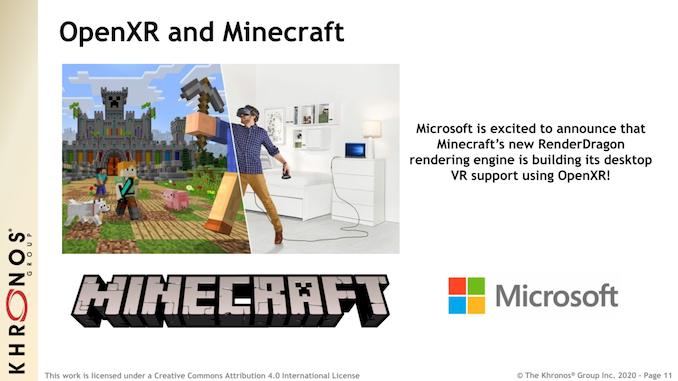
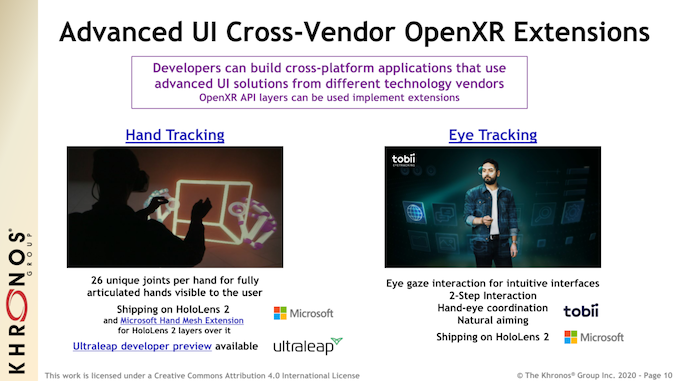
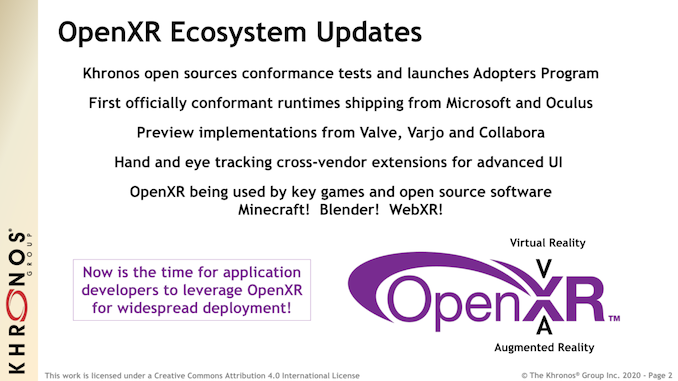
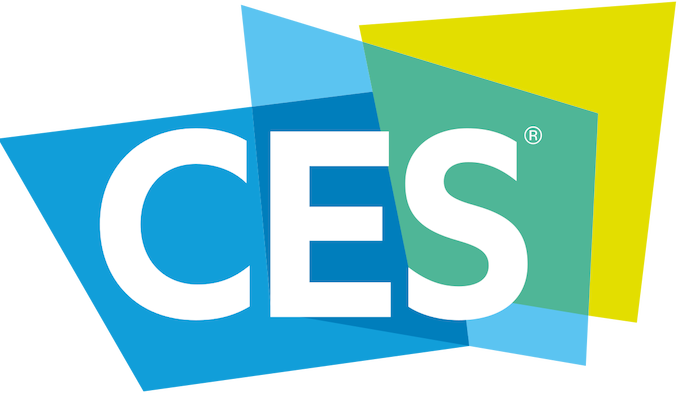
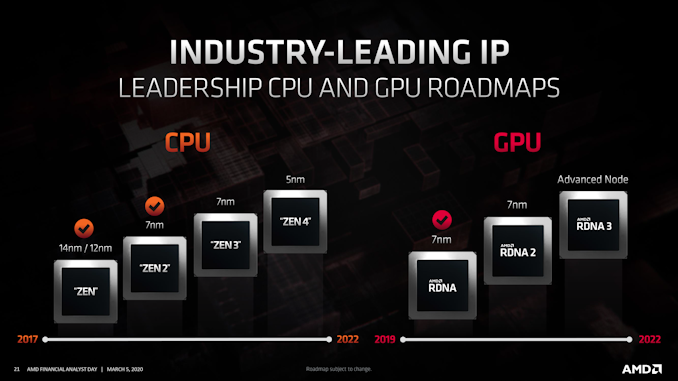
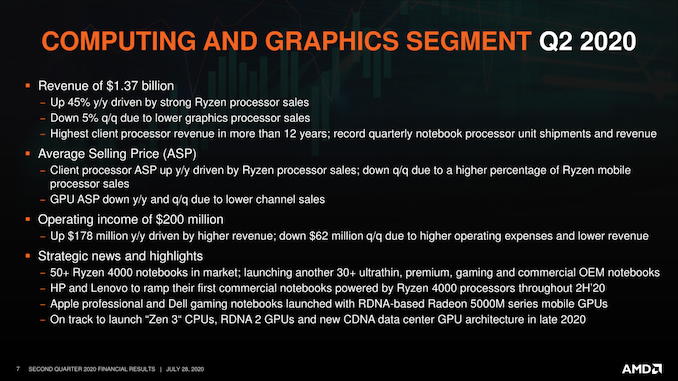
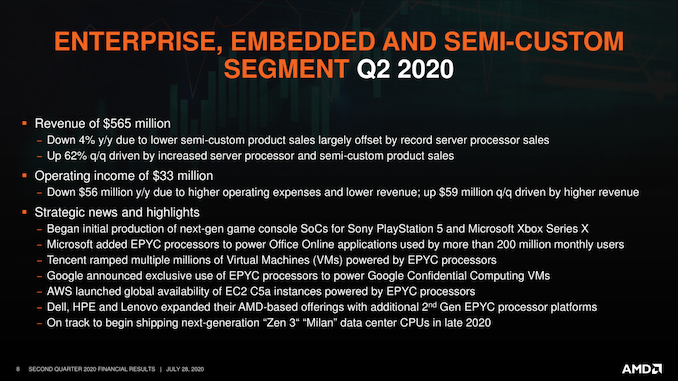
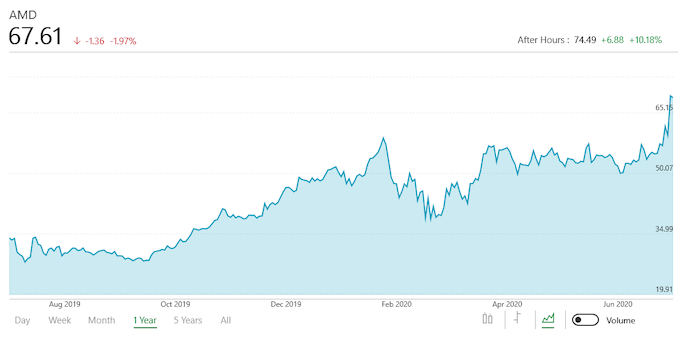
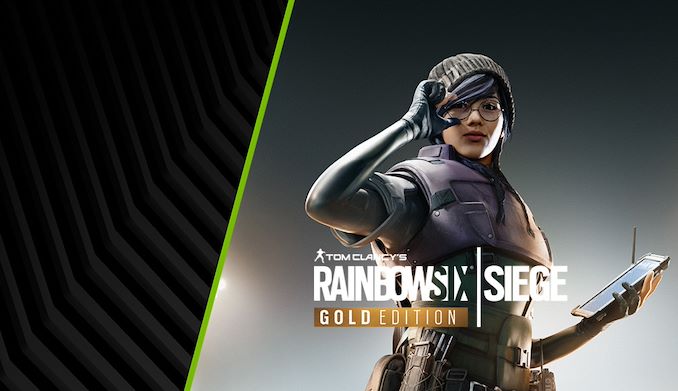
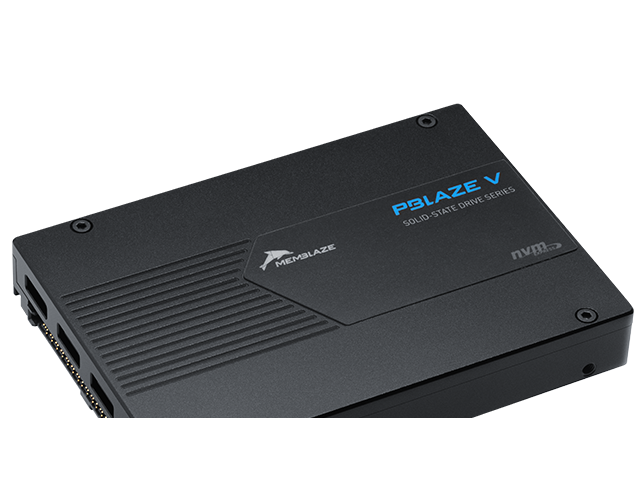
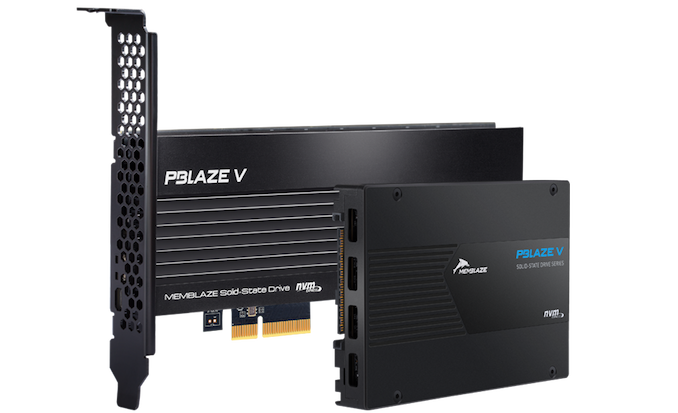
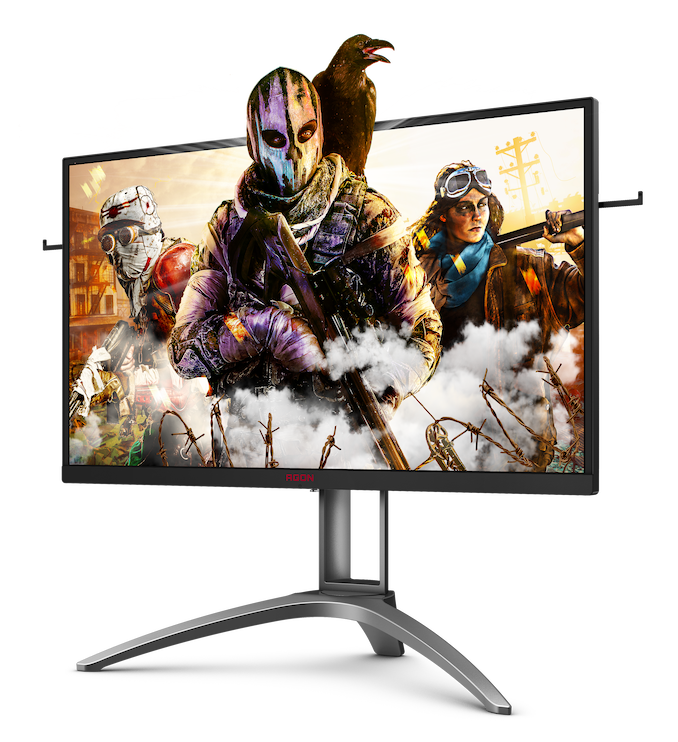
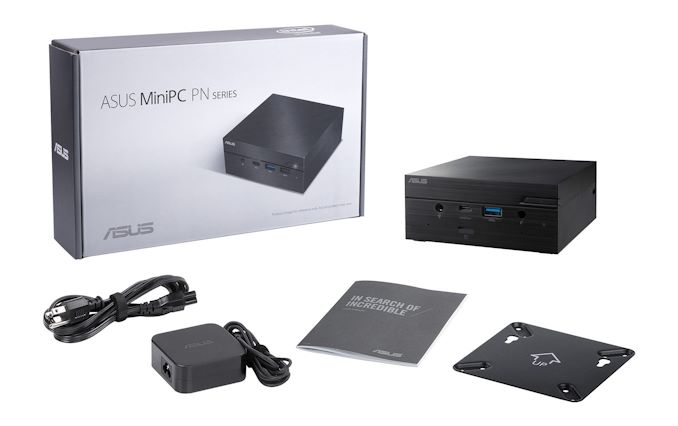
















Bookmarks